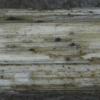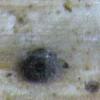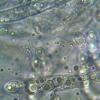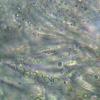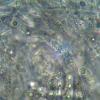
15-11-2011 12:40
Bonjour à tous,20.10.11. Sur tige morte de Chaero

14-11-2011 16:40
Bonjour à tous,A la fin de la saison, le temps es

14-11-2011 17:36
Le dernier pour aujourd'hui.Acervules brun datte c

14-11-2011 16:49
Sur feuilles de Carpinus betulus, pycnides brun fo

12-11-2011 21:20
 Yannick Mourgues
Yannick Mourgues
Bonsoir à tous.Je cherche la référence suivante

17-06-2008 23:11
NC NCSur branche de fraxinus excelsior à terre, décor

05-11-2011 10:55
Ismael WindOn Larix i found 2 specimens of ascocoryne. The fi

08-11-2011 16:08
 Yatsiuk Iryna
Yatsiuk Iryna
Hello, forum! There is Bisporella collected on Po

10-08-2011 20:09
 Yannick Mourgues
Yannick Mourgues
Bonjour.J'aimerai vos avis sur cette espèce.Ascom
s/ Chaerophyllum temulum: un Didymella?
Luc Bailly,
15-11-2011 12:40
20.10.11. Sur tige morte de Chaerophyllum temulum. Ascomes érompants, quelque peu aplatis, noirâtres à noirs, un peu hirsutes par des hyphes noires. Hyménium hyalin.
Asques bituniqués, 8-sp., hyalins, x 6.5-9 µ.
Didymospores hyalines, à 2-4 guttules, dans une gangue gélatineuse (du moins le semble-t-il). Les 2 cellules sont égales à subégales. Taille 9.5-13 x (4.5)5-6(7) µ, pas tout-à-fait mûres.
Hamathecium abondant, hyphes hyalines septées, guttulées, x 2-4 µ.
Péridium text. ang., brun au microscope.
Je pense à un Didymella...
Amitiés - LUC.
